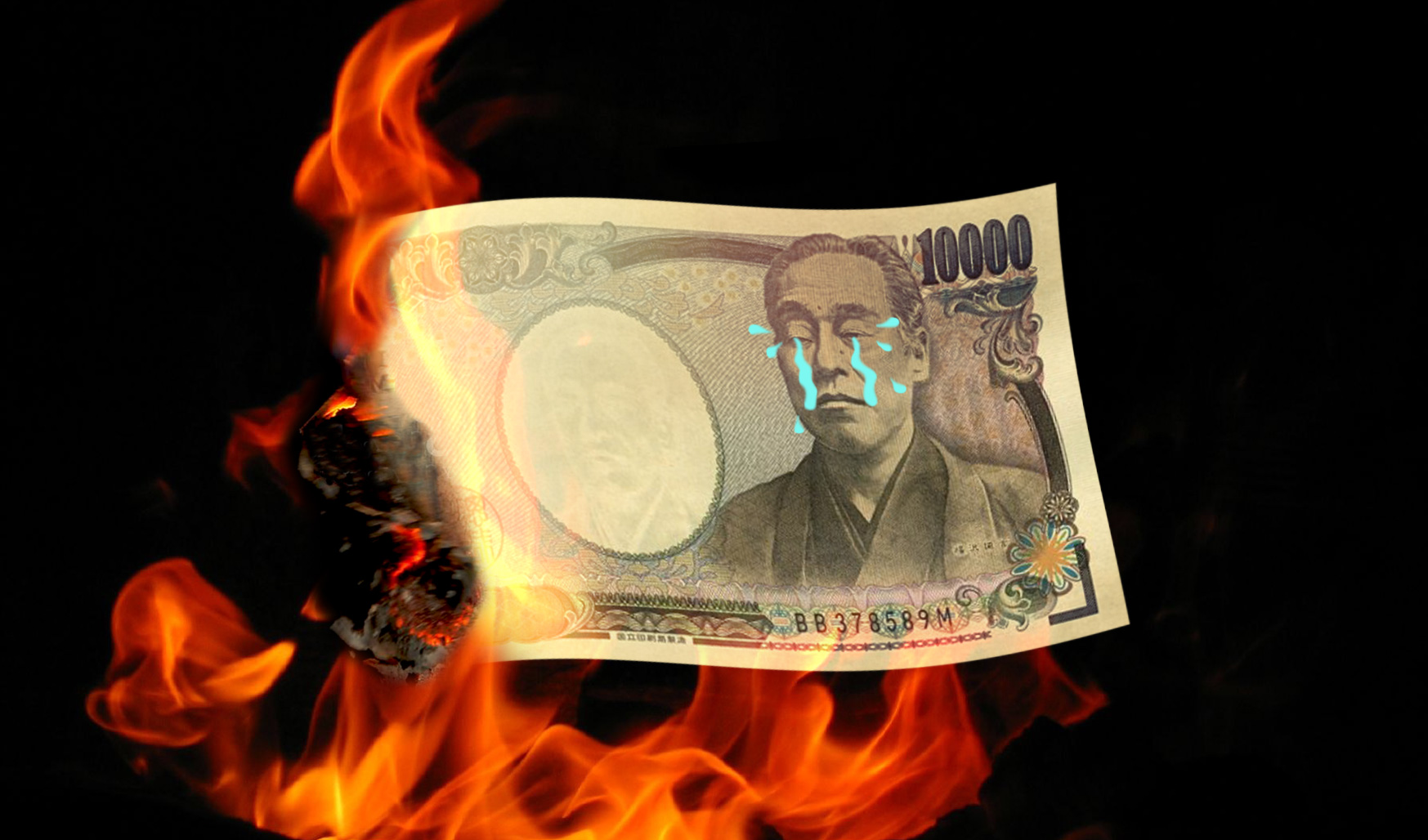Issue:
May 2022
Inflation is back and here to stay, experts tell FCCJ Deep Dive event

Inflation has returned to Japan after an absence of several decades. Where was it for all those years, what has happened to resurrect inflation now and, more importantly, is the current surge in prices a temporary phenomenon or something that is here to stay?
Those were among questions considered by expert panelists at an FCCJ Deep Dive event held on March 25 against a backdrop of war in Ukraine, sanctions against Russia and the threat of a new Cold War - all feeding into a surge in commodity prices and the disruption of supply chains.
There was agreement among the panelists - Paul Sheard, Research Fellow at the Harvard Kennedy School; Hiromichi Shirakawa, Japan Chief Economist at Credit Suisse Securities Japan, and Jesper Koll, a veteran Japan financial analyst – that prices will remain elevated in 2022 and possibly beyond.
But just how high they will go, and for how long, is the subject of widely differing estimates among economists, given the severity of recent supply shocks allied with fast rising geopolitical tensions, uncertainty over monetary and fiscal policy and the ongoing impact of the Covid-19 pandemic.
In its most recent World Economic Outlook report in January, the International Monetary Fund suggested that inflation in advanced economies should average just under 4% in 2022 and just under 6% in emerging economies, before falling back to more comfortable levels in 2023 as conditions stabilize.
Economists at the IMF and elsewhere admit, however, that the outlook for inflation – and for economic growth – is extremely uncertain for the foreseeable future given that the global economy has recently been plunged into multiple and simultaneous crises that threaten to persist.
Sheard acknowledged that he may have been overly sanguine when he spoke at a similar FCCJ event just three months ago. The U.S. Federal Reserve, he now believes, may have "massively underestimated" inflation pressure and “let the genie out of the bottle".
Consumer price inflation in the U.S. hit what Sheard called an "eye-popping" year-to-year level of 7.9% in February this year, while inflation in the U.K. also registered 6.2% in the same month. Prices are rising rapidly in Europe, too, although not yet in Asia.
At first glance, these figures do not look too scary from a historical perspective. In the U.S., inflation began ratcheting upward in the mid-1960s and reached more than 14% in 1980, before declining to average a much more modest 3.5% in the latter half of the 1980s.
It did not go quietly however. Led by the legendary Paul Volcker,the U.S. Federal Reserve board raised the federal funds (lending) rate, which had averaged 11.2% in 1979, to a peak of 20% in June 1981, plunging the U.S. economy into recession in the process.
Led now by Jerome Powell, the Fed has begun what markets hope will be a series of gradual hikes in the federal funds rate from its current extreme low of 0.5% to what some experts hope will be a peak of around 2.5%, at which point inflation will stabilize.
But will it? As Sheard acknowledged, “the world will be a very different place” once we emerge from the immediate shocks the global economy is experiencing. “Tectonic plates are shifting,” he said, as a result of supply chain disruption and more general shocks on both supply and demand sides.
These shocks have been much publicised since the Covid-19 pandemic interrupted the production and supply of goods, along with disruption to land, sea and air travel, exacerbated by surging freight changes.
Matters reached crisis levels with the Russian invasion of Ukraine and the resulting blitz of economic sanctions declared by the U.S. and its allies against Russia. Energy and food prices were the first to rocket, but they will not be last.
As Credit Suisse's Shirakawa suggested during the Deep Dive, the world still has not fully taken on board the magnitude of these supply shocks or the demand shock caused by a resumption of consumer spending once Covid restrictions eased. Even the Fed was “taken by surprise,” he said.
Koll said the China’s admission to the World Trade Organisation in 2001 had been a major factor in restraining inflation, whereas the U.S. was now intent on limiting China's presence as the world's biggest supplier of consumer goods.
Japan has so far bucked the trend of rising inflation, with consumer prices rising by a fractional 0.9% in February – almost double the immediately preceding month's level but still tiny by the standards of the U.S. and Europe.
Can this last? Probably not, said Shirakawa, a former senior official at the Bank of Japan. BoJ Governor Haruhiko Kuroda seems determined to maintain a super-easy monetary policy even as the Fed, the Bank of England and others move in the opposite direction.
The consequent widening of interest rate differentials has pushed the yen down to a multi-year low of around 120 to the dollar. The Deep Dive panelists all believed it would go lower still, to around 145. Corporate Japan might benefit, but the pain will be felt in rising fuel and food costs.
Meanwhile, stock prices, including those in Japan, have maintained a rather mysterious equilibrium, despite the turmoil in commodity markets and the spectre of inflation. But this is likely to change, the panelists said, as central banks reduce the quantity of money they have supplied as well as hiking its costs.
Anthony Rowley is a columnist and contributor for The South China Morning Post.

